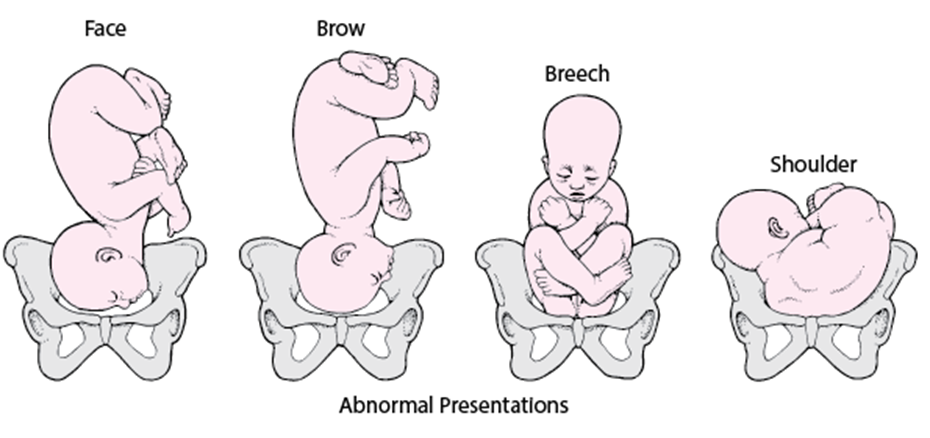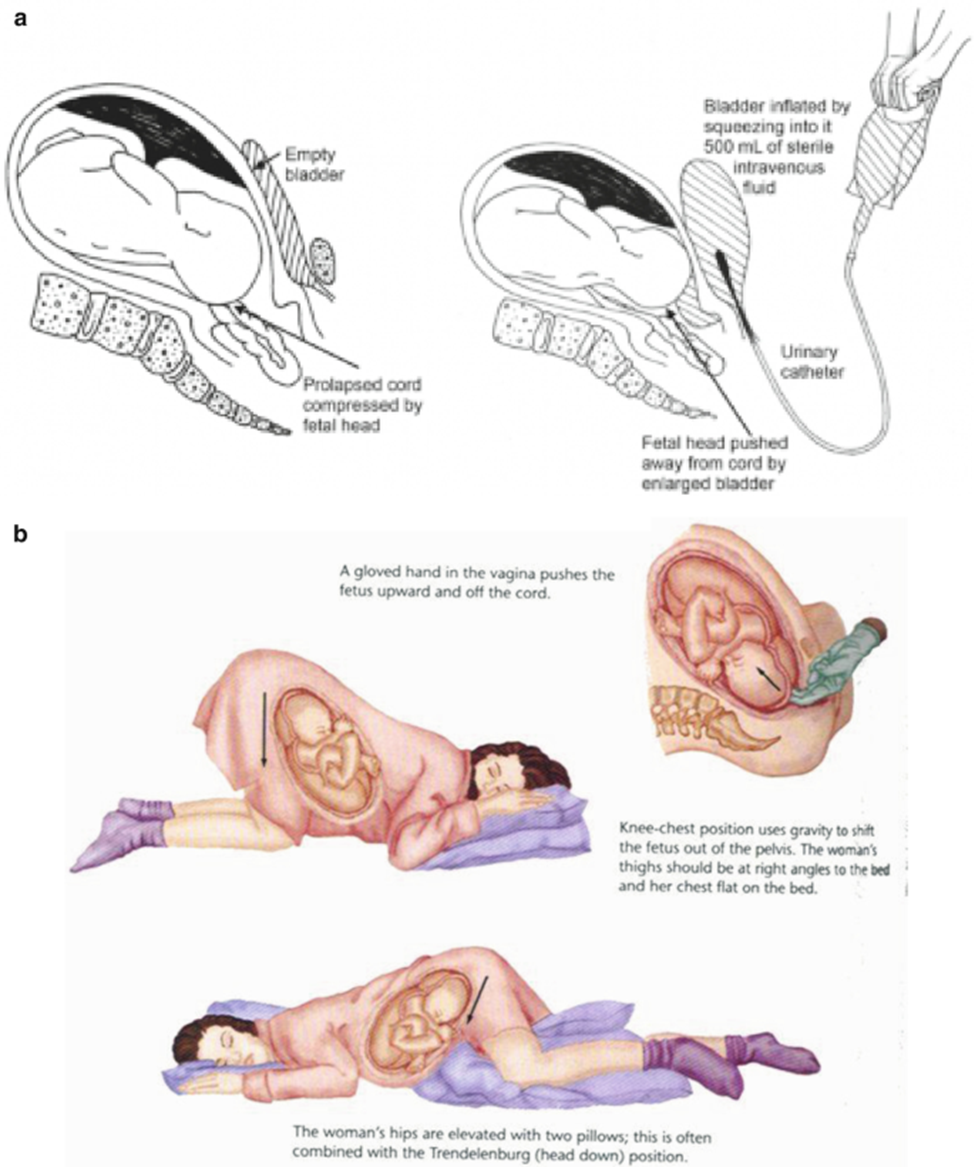A nurse is planning care for a client who is 2 hr postpartum. Which of the following interventions should the nurse plan to implement during the taking-hold phase of postpartum behavioral adjustment?
Discuss contraceptive options with the client and her partner.
Repeat information to ensure client understanding.
Listen to the client and her partner as they reflect upon the birth experience.
Demonstrate to the client how to perform a newborn bath
The Correct Answer is D
A. Discuss contraceptive options with the client and her partner. Discussing contraceptive options typically occurs later in the postpartum period, often during follow-up visits. This is not a priority during the early taking-hold phase, when the mother is focused on learning to care for herself and her baby.
B. Repeat information to ensure client understanding. Repeating information and ensuring understanding is more critical during the taking-in phase, which occurs in the first 24 to 48 hours postpartum, when the mother is more passive, fatigued, and focused on her own recovery. In the taking-hold phase, the mother is typically more alert and eager to learn.
C. Listen to the client and her partner as they reflect upon the birth experience. Reflecting on the birth experience is more aligned with the taking-in phase, when the mother is focused on herself and may need emotional support in processing the experience.
D. Demonstrate to the client how to perform a newborn bath. In the taking-hold phase, the mother is ready to take responsibility for the care of her newborn and actively seeks guidance. Demonstrating how to bathe the newborn is an appropriate intervention, as it provides practical support and helps the mother gain confidence in newborn care.
Nursing Test Bank
Naxlex Comprehensive Predictor Exams
Related Questions
Correct Answer is D
Explanation
The correct answer is D. Prolonged labor
A. Umbilical cord prolapse is more commonly associated with breech presentations or other abnormal fetal positions. It is not a typical complication of occipital brow presentation.
B. Precipitous labor refers to an unusually rapid labor, and it is not a typical complication associated with occipital brow presentation. Prolonged labor is more likely.
C. Hypertonic uterine dysfunction involves excessive uterine contractions, and it is not specifically associated with occipital brow presentation. It is more commonly associated with other factors, such as maternal anxiety or use of oxytocin.
D. Prolonged labor is a complication that can be associated with occipital brow presentation.
Occipital brow presentation involves the fetal head being partially extended, and it can lead to difficulties in descending through the birth canal. This may result in a prolonged labor process.

Correct Answer is C
Explanation
The correct answer is C. Insert a gloved hand into the vagina to relieve pressure on the cord.
A. Covering the cord with a sterile, moist saline dressing is a potential action, but relieving pressure on the cord takes precedence. This can be done by manually elevating the presenting part of the fetus off the cord.
B. Placing the client in a knee-chest position may be recommended after taking the immediate action of relieving pressure on the cord. Elevating the hips may help reduce cord compression.
C. Inserting a gloved hand into the vagina to relieve pressure on the cord is the priority action.
By manually lifting the presenting part off the cord, the nurse can help restore blood flow to the fetus and prevent umbilical cord compression.
D. Preparing the client for an immediate birth may be necessary, but the immediate action to relieve pressure on the cord should be performed first. The healthcare provider will determine the need for urgent delivery based on the clinical situation.

Whether you are a student looking to ace your exams or a practicing nurse seeking to enhance your expertise , our nursing education contents will empower you with the confidence and competence to make a difference in the lives of patients and become a respected leader in the healthcare field.
Visit Naxlex, invest in your future and unlock endless possibilities with our unparalleled nursing education contents today
Report Wrong Answer on the Current Question
Do you disagree with the answer? If yes, what is your expected answer? Explain.
Kindly be descriptive with the issue you are facing.
